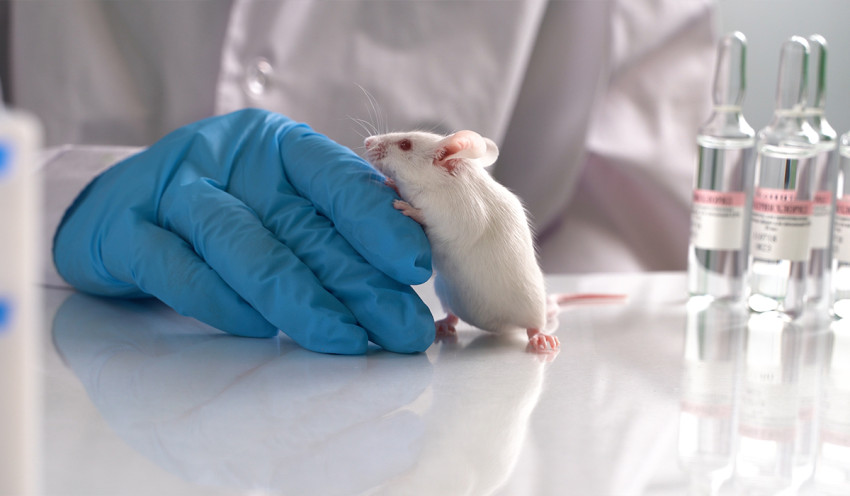
Introduction:
Patient-derived xenograft (PDX) mouse models have revolutionized cancer research by offering a platform to study human tumors in a more clinically relevant setting. These models involve transplanting patient-derived tumor tissues or cells into immunodeficient mice, allowing researchers to observe tumor behavior and response to treatments. While PDX models have been extensively utilized in studying common cancers, their potential in unraveling the mysteries of rare and understudied cancers remains vastly untapped. In this blog post, we delve into how PDX mouse models can be instrumental in shedding light on these enigmatic diseases, ultimately paving the way for improved diagnostics, personalized treatment approaches, and enhanced patient outcomes.
Understanding Rare and Understudied Cancers:
Rare and understudied cancers pose unique challenges due to their low incidence, limited understanding of their molecular characteristics, and lack of dedicated research resources. Conventional cancer models and clinical trials often fail to adequately represent these diseases, hindering the development of targeted therapies and leaving patients with limited treatment options. However, PDX models offer a ray of hope by bridging this knowledge gap and providing a powerful tool to investigate the biology, progression, and treatment responses of these rare cancers.
Overcoming Limited Patient Samples: One of the major obstacles in studying rare cancers is the scarcity of patient samples for research purposes. PDX models address this issue by enabling the expansion of tumor cells from a small biopsy or surgical specimen into a larger population within mice. This amplification ensures that researchers have sufficient material to conduct comprehensive studies and investigate the intricate molecular profiles of these cancers.
Unveiling Molecular Heterogeneity: Rare cancers often exhibit significant molecular heterogeneity, making it challenging to identify common genetic aberrations or therapeutic targets. PDX models, with their ability to faithfully retain the genetic and molecular characteristics of the original tumor, allow researchers to analyze the complex tumor heterogeneity and explore potential driver mutations. By studying the diverse molecular subtypes within rare cancers, PDX models can aid in stratifying patients for personalized treatment strategies.
Testing Targeted Therapies: Traditional cancer treatments often rely on standard chemotherapy regimens, which may not be effective against rare cancers due to their distinct biology. PDX models provide a unique opportunity to evaluate the efficacy of targeted therapies specifically tailored to these diseases. By testing a range of targeted agents and combinations, researchers can identify potential vulnerabilities and develop novel therapeutic approaches for rare cancers.
Predicting Treatment Responses: Predicting treatment responses in rare cancers can be challenging due to the lack of clinical data and prior knowledge. PDX models offer a preclinical platform to assess drug sensitivity and resistance patterns, enabling researchers to predict treatment responses more accurately. By conducting comprehensive drug screening experiments using PDX models, researchers can identify optimal therapeutic combinations and minimize the trial and error process in clinical settings.
Studying Tumor Microenvironment: The tumor microenvironment (TME) plays a crucial role in cancer progression, treatment response, and metastasis. However, the TME of rare cancers remains poorly understood. PDX models can provide insights into the TME components specific to rare cancers, including immune infiltrates, stromal interactions, and angiogenesis. By deciphering the intricate interplay between cancer cells and their microenvironment, PDX models contribute to a deeper understanding of tumor biology and open new avenues for targeted interventions.
Conclusion:
Patient-derived xenograft (PDX) models have emerged as a powerful tool in the realm of cancer research, offering an invaluable platform to study rare and understudied cancers. By overcoming the challenges of limited patient samples, unraveling molecular heterogeneity, and enabling the testing of targeted therapies, PDX models pave the way for advancements in diagnostics, treatment strategies, and patient outcomes for these enigmatic diseases. Through the collective efforts of researchers, clinicians, and pharmaceutical companies, the potential of PDX models in rare cancer research can be fully realized, bringing hope and improved care to patients battling these less-explored malignancies.





